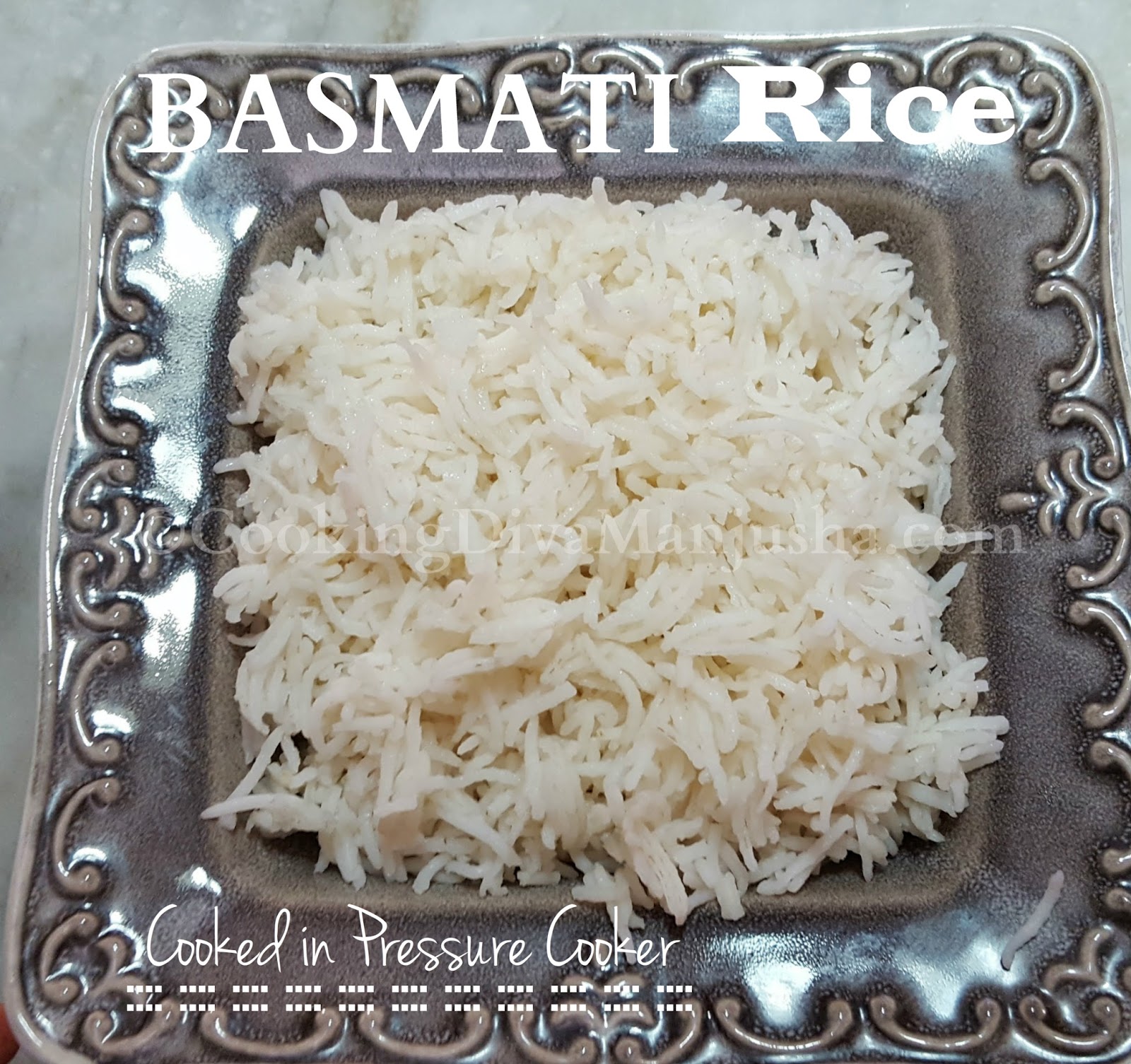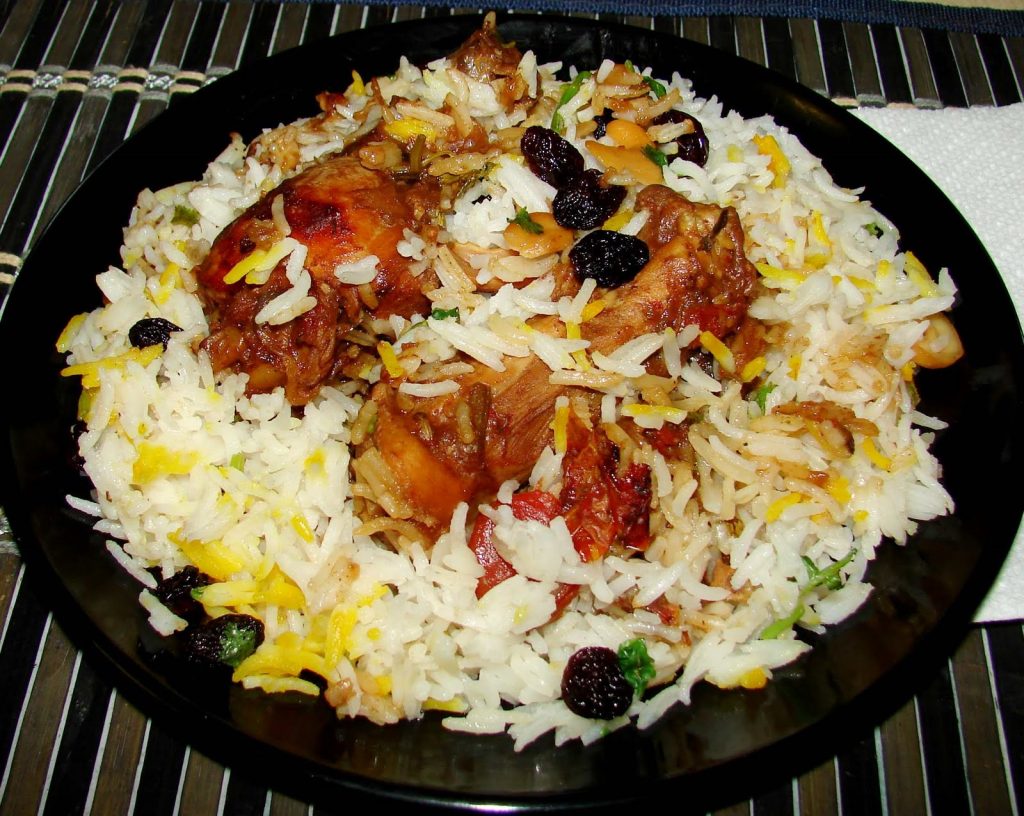Biryani is a beloved dish that has captured the hearts of food lovers around the world. Originating from the Indian subcontinent, this fragrant and flavorful rice dish has evolved into countless regional variations, each with its own unique blend of spices, ingredients, and cooking techniques. Whether you’re a seasoned chef or a home cook looking to try something new, understanding the essential biryani ingredients is key to creating an authentic and delicious meal.
In this article, we’ll explore the core components that make up a classic biryani, from the foundational grains to the aromatic spices and proteins that bring it all together. We’ll also delve into some of the most popular biryani recipes and how they use these ingredients in creative ways.
The Foundation: Rice

At the heart of every biryani is the rice. While there are many varieties of rice used in different regions, basmati rice is the most commonly used for traditional biryani. Its long, slender grains and delicate aroma make it perfect for absorbing the rich flavors of the dish.
Some regional variations use other types of rice, such as Jeerakasala (also known as Kaima rice) in Kerala’s Thalassery Chicken Biryani, which adds a unique nutty flavor and texture. In other parts of India, saffron-infused rice is often used to give the dish a golden hue and a subtle floral note.
Proteins: Chicken, Mutton, and More

Biryani can be made with a variety of proteins, but chicken is one of the most popular choices. Other common options include mutton, prawns, eggs, and even vegetables for a vegetarian version.
For a classic chicken biryani, boneless chicken thighs are often preferred due to their tenderness and ability to absorb marinades. The chicken is typically marinated in a mixture of yogurt, spices, and herbs before being cooked and layered with the rice.
Spices: The Flavor Powerhouse
Spices are what give biryani its signature depth of flavor. A well-balanced spice mix includes:
- Cumin
- Coriander
- Garam masala
- Cardamom
- Cinnamon
- Cloves
- Turmeric
- Cayenne pepper
These spices are often combined into a biryani masala, which is used to season both the rice and the meat. Some recipes also call for saffron to add a touch of luxury and color.
Onions and Ghee: Adding Depth and Crispiness
Fried onions are a crucial element in many biryani recipes. They not only add a sweet, caramelized flavor but also provide a satisfying crunch when used as a garnish. These onions are usually fried until golden and crispy, then layered into the dish.
Ghee (clarified butter) is another essential ingredient. It enhances the richness of the dish and helps create a fluffy texture in the rice. Some recipes also use oil or butter as a substitute.
Herbs and Garnishes
Fresh coriander (cilantro) is often used to finish off a biryani, adding a bright, herbal note. Other common garnishes include crushed nuts, fried garlic, and lemon wedges for a refreshing contrast.
Regional Variations

While the base ingredients remain consistent, biryani varies widely across regions. Here are a few notable examples:
- Hyderabadi Biryani: Known for its use of dum cooking (steaming the layers in a sealed pot), this version often includes ghee, saffron, and fried onions.
- Lucknowi Biryani: This variant uses vegetable stock and saffron to create a lighter, more aromatic dish.
- Kerala Thalassery Biryani: Features Jeerakasala rice and a unique blend of cardamom, cloves, and cinnamon.
- Smoky Chicken Tikka Biryani: Incorporates tandoori-style marinated chicken and smoked spices for a bold, fiery flavor.
Tips for Making the Perfect Biryani
- Marinate the protein: Letting the chicken or meat sit in the marinade for at least an hour ensures it absorbs the flavors.
- Parboil the rice: Cooking the rice partially before layering it with the meat helps it retain its shape and texture.
- Layer carefully: Building the dish in layers allows the flavors to infuse properly and creates a visually appealing presentation.
- Use saffron water: Drizzling saffron-infused water over the rice gives it a beautiful golden color and adds a subtle aroma.
- Cook on low heat: Slow cooking ensures the rice becomes fluffy without becoming mushy.
Conclusion
Biryani is more than just a meal—it’s a celebration of flavor, culture, and tradition. By understanding the essential ingredients and techniques, you can recreate this beloved dish at home with confidence. Whether you’re making a classic Hyderabadi biryani or experimenting with a modern twist, the right combination of spices, rice, and protein will always result in a memorable meal.
So next time you’re craving something aromatic and comforting, reach for your favorite biryani recipe and enjoy the journey through the world of flavors.










More Stories
US Trending News: The Amanda Kelly Story
US Trending News: What You Need to Know About the Baby Bar Exam
US Trending News: What You Need to Know About the Bar Exam